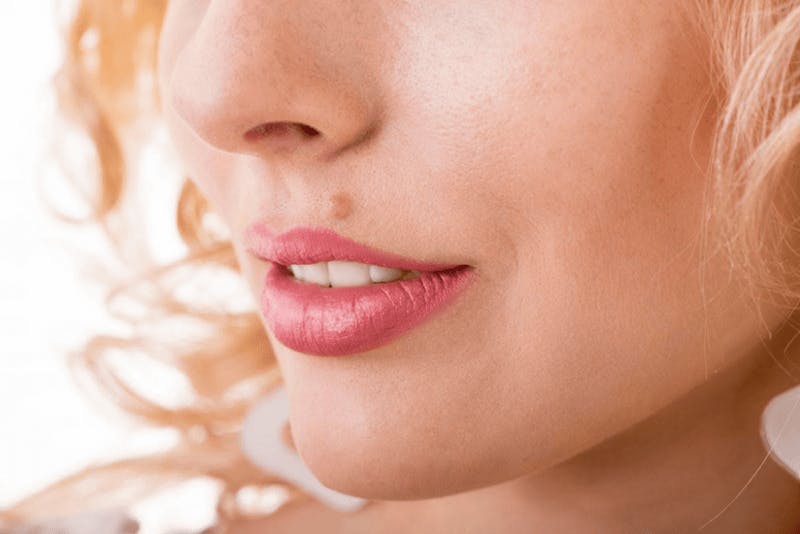
Moles, also known as nevi, can be removed for a variety of reasons and with a variety of different methods. The three most common methods for removing moles include a minimally invasive medical procedure, excision (cutting) with or without stitches and removal via shaving with a scalpel blade. If the mole isn’t too deep, laser excision may also be used. At the Center for Dermatology in Lawrenceville, GA, we are proud to offer several mole removal methods.
How Can I Prepare for Mole Removal?
You don’t have to make any drastic lifestyle changes to prepare for mole removal. We will take care of everything for you. First, the treated area will be cleansed. This ensures that you will not suffer from an infection after the removal of your mole. Then, your dermatologist will numb the treatment site with a topical anesthetic. This guarantees that you will feel no pain or discomfort during or immediately after treatment.
Keep in mind, it can take between 10 and 30 minutes for this anesthetic to take effect. We will wait to begin treatment until enough blood flow to the area has diminished to numb the area. Depending on the mole removal method and size of the mole, a sterile drape may be placed over the treatment site. However, regardless of any other factors, your excision will always be performed in a sterile environment with sterile, surgical-grade equipment.
What Can I Expect During the Mole Removal Process?
If you are having your mole removed using simple shaving without stitches, your skincare professional will use a scalpel to gently and carefully shave the mole off flush to or slightly beneath the upper layers of your skin. Next, bleeding will be prevented. This may be done via a solution placed on the area. Alternatively, it can be done with an electrical instrument that burns (cauterizes) the treatment site.
Once we ensure there is no bleeding, the wound is covered with a bandage. Finally, you will be given after-care instructions. Once you’re sure you understand the next steps, you are free to go. For removal via excision with stitches, the mole is mapped out carefully considering where the stitches will be placed. Then, the treatment site is cleansed thoroughly and numbed.
Once you can’t feel the area, the mole and a border surrounding the mole is removed via scalpel. The border size will depend on whether your mole is precancerous or cancerous. Depending on how deep the mole penetrated your skin, deep, bioabsorbable stitches or superficial stitches will be sewn into your skin.
Learn More Today
Not all moles require removal. However, if your mole is cancerous or causes you discomfort when you shave, you should have your mole removed. To learn more about how to prepare for mole removal, contact the professional skincare experts at the Center for Dermatology in Lawrenceville, GA today to schedule your initial consultation. We will assess your condition, determine the best treatment method and provide you with a comprehensive list of how you should prepare to have your mole removed.

